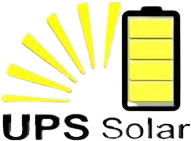One aspect of renewable energy that is standing the test of time and receiving more and more attention these days is the installation of solar panels. The system harnesses the sun’s heat to produce hot water for a home or commercial premises. This type of solar water heating system enables lower energy bills at a time when fossil fuel costs are rising rapidly. This can be a great advantage when households need to look for ways to save money. Solar thermal panels also offer the extra benefit of adding insulation to the home and a more sustainable way of living.
How do solar thermal panels work?
Solar thermal panels absorb energy from the sun through collectors that are either installed on the flat plate panels themselves or contained within evacuated collector tubes. The heat from the sun is transferred to tubes of water which can reach temperatures of 90 degrees C. The heated liquid is then passed down through pipes into the property’s hot water cylinder. Inside the cylinder, the hot water passes through a twin coil, which helps keep it heated as it is used or stored in the water tank later on.
The installation of hot water systems and solar thermal technologies like this is straightforward. In addition, thermal panels require little maintenance as a rule. However, regular thermal solar panel servicing is recommended to keep things ticking over.
What are the different types of solar thermal panels?
There are generally two different types of solar thermal hot water panels in the UK. Both use renewable energy to heat water for domestic or commercial use. The details around installing a solar thermal system will depend on which type of process is used. A flat plate system uses flat collectors around one metre by two metres. Insider is a series of pipes with a metal absorber plate on top. The plate collects energy from the sun. The pipes contain water that receives the heat and carries it to a storage cylinder inside the house to complete the solar thermal water heater process.
The other main solar thermal technology involves evacuated tubes. These are glass tubes with smaller copper tubing placed inside. Around 30 tubes are connected to form a single panel. A vacuum inside the glass helps prevent heat loss by insulating the system (and the roof below). This technology can be more effective than the flat panel solar collectors alternative due to the added insulation. The tubes remain visible on this type of solar thermal system so that the aesthetics will be slightly different from the flat plate version.
How efficient are solar thermal panels?
Solar thermal technology is older than the photovoltaic cells that are found on many solar panels right now. However, the technology remains highly efficient at converting energy into heat and has had a resurgence of interest. This is possible because solar thermal panels qualify for the UK’s Green Homes Grant as a primary measure, which could enable you to claim for vouchers to set against some of the installation costs.
Much of the system’s efficiency levels depend on where and how the solar thermal panels are installed and how easily they can access the solar energy source. For example, are they on south-facing roofs and how much sun does the location get? This will vary over the winter and summer months.
Installing solar thermal panels will also vary in costs depending on the location and complexity of the job. However, the financial and ecological benefits of harnessing renewable heat will be felt over the longer term and will also help to reduce energy bills and reliance on the National Grid.
What are the differences between solar thermal panels and photovoltaic (PV) panels?
While hybrid solar thermal PV panels are available, giving you the best of both worlds, most solar power customers will opt for either one form of solar energy technology or the other. Both offer advantages, including lower energy bills and a reduced carbon footprint. However, there are a few more distinct differences between solar thermal panels and solar PV panels.
The more comprehensive versatility of PV panels is one advantage if you seek to switch to renewable energy for powering, heating and lighting your home and providing hot water. The technology allows you to store excess electricity generated for use later on when the sun’s rays are less potent on a dull day or at night. You can even use it to heat water via an immersion heater. Installation is relatively straightforward, and there is little ongoing maintenance required.
Solar thermal panels offer a more effective, efficient way of generating solar power, giving you potential energy bill savings of 70% on domestic hot water. Although you may need to have a boiler or immersion heater to top up the solar thermal heated water as the energy generated may not be sufficient for 24-hour provision. Solar thermal panels can be a more affordable option, depending on the size and complexity of the system being fitted. Finally, there is the possibility of earning payments through the UK Government’s renewable heat incentive scheme.

